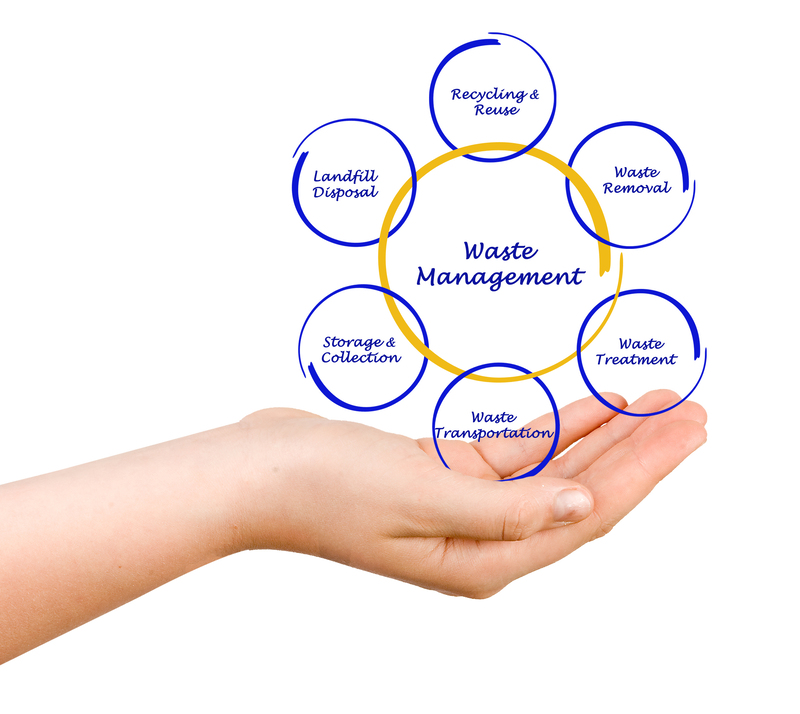Can Science Lead the Way in Stopping Microplastic?
Microplastics have emerged as one of the most pervasive pollutants in our contemporary world. Found everywhere from the depths of the ocean to the air we breathe, these tiny plastic particles pose a significant threat to ecosystems and human health alike. This pressing issue raises a pivotal question: Can science lead the way in stopping microplastic pollution? In this comprehensive article, we explore how scientific innovation, research, and technology are spearheading the effort to detect, manage, and ultimately eliminate microplastics from the environment.

Understanding the Microplastic Menace
What are Microplastics?
Microplastics are defined as plastic fragments less than 5mm in size. They stem from a variety of sources, notably:
- Primary microplastics: Manufactured small for use in products such as exfoliating beads in cosmetics, or industrial abrasives.
- Secondary microplastics: Resulting from the breakdown of larger plastic waste due to environmental factors like UV rays, wind, and water currents.
These particles have been detected in marine sediments, freshwater systems, soils, and even within living organisms. Their ability to carry toxic compounds and infiltrate the food chain has made them a global environmental concern.
Why is Microplastic Pollution a Problem?
Microplastics persist in the environment for hundreds of years, accumulating and dispersing toxins. They threaten marine life, soil organisms, and, by extension, human health. Recent studies have uncovered microplastics in remote locations, including Arctic ice and mountaintop rains, underscoring their pervasive nature.
The Role of Science in Tackling Microplastic Pollution
As awareness grows, scientific communities are stepping up to address this challenge head-on. From novel detection methods to innovative removal strategies, science is at the forefront in the quest to halt microplastic pollution.
Detecting Microplastics: Gaining Clarity with Science
- Advanced Imaging: Scientists have developed microscopic and spectroscopic techniques, such as Raman spectroscopy and FTIR (Fourier-transform infrared) spectroscopy, to visually and chemically identify minuscule pieces of plastic in environmental samples.
- Sensor Technology: Emerging sensors, sometimes powered by AI, are being used to detect microplastics in situ, providing real-time data on pollution levels.
- Citizen Science: Community-driven projects support researchers by collecting samples, helping to build robust datasets that inform public policy.
Stopping Microplastics at the Source
Innovative scientific solutions start by attacking the problem where it begins. Here's how:
- Biodegradable Alternatives: Scientists are designing new materials, such as biodegradable bioplastics, to reduce the reliance on conventional plastics and therefore lower the microplastic load in ecosystems.
- Green Chemistry: Through the principles of green chemistry, researchers are developing polymers that break down naturally or can be upcycled efficiently, reducing microplastic creation from product degradation.
- Industry Redesign: The textile and personal care industries are under pressure to minimize microplastic shedding through improved manufacturing processes and safer ingredient selection.
Innovative Science-Based Solutions for Microplastic Removal
Breakthroughs in Water Treatment
Municipal wastewater is a key pathway for microplastics to enter natural waterways. Scientific interventions are making significant strides:
- Membrane Technologies: Ultra-fine filters, such as nanofiltration and reverse osmosis, are being used to physically separate microplastics from water during treatment processes.
- Biological Remediation: Microorganisms and enzymes are being explored to digest and degrade microplastics, transforming them into harmless byproducts.
- Electrocoagulation: Electric currents induce aggregation of microplastics, which can then be easily removed from water.
Land-Based Solutions
Most microplastic research focuses on oceans and rivers, but land-based interventions are equally important:
- Soil Remediation: Scientists are investigating soil microbes and fungi capable of breaking down plastics present in agricultural fields and urban soils.
- Urban Green Infrastructure: Rain gardens, bioswales, and other green infrastructure can trap microplastics before they are washed away into waterways.
Oceanic Clean-Up and Beyond
Given that much of the world's plastic pollution ends up in the oceans, targeted clean-up efforts are necessary:
- Autonomous Vessels: Robotics and AI-driven boats are being developed to collect floating debris and trap microplastics in heavily polluted zones.
- Modified Fishing Nets: Specially designed nets can filter out microplastic particles during normal fishing operations, helping to clear existing pollution.
- Magnetic Nanoparticles: Scientists have created magnetic nano-materials that bind to microplastics, allowing for easy removal with magnets in water bodies.
How Research is Advancing our Understanding of Microplastics
Expanding the Knowledge Base
Research institutions worldwide are dedicating resources to unravel every facet of microplastic pollution, including:
- Source Identification: Pinpointing primary contributors, such as tire wear, synthetic fibers, and product abrasives.
- Pathway Mapping: Tracing how microplastics travel from land-based sources to rivers, oceans, and the atmosphere.
- Ecological Impact Studies: Examining the effects of microplastic ingestion and accumulation on marine organisms, terrestrial animals, and plants.
- Human Health Implications: Ongoing studies focus on how microplastics enter our bodies via food, air, and water, and their potential impacts on human health.
Informing Policy and Global Action
*Sound science is crucial to guide your environmental policies*. Scientists collaborate with lawmakers to draft evidence-based regulations targeting:
- Bans and restrictions on microbeads in cosmetics
- Improved waste management and recycling infrastructures
- Stricter regulations for synthetic textiles and tire production
- Incentives for innovation in plastic alternatives
The Future: Can Science Truly Stop Microplastic Pollution?
Strengthening Interdisciplinary Collaboration
The battle against microplastics demands a united front. Interdisciplinary approaches bring together chemists, biologists, engineers, data scientists, and policy experts. Together, they are designing more effective prevention and remediation technologies. The integration of artificial intelligence and big data helps track sources and anticipate pollution trends, allowing for targeted interventions.
The Importance of Public Engagement
*Stopping microplastic pollution is not solely a scientific endeavor*. Public support and awareness are vital. Science-based education campaigns encourage consumers to:
- Reduce their use of single-use plastics
- Properly sort and recycle waste
- Select products made from biodegradable materials
- Support legislation and policies aimed at reducing plastic pollution
Limitations and the Path Forward
Despite significant advances, science faces challenges. Not all microplastics can be easily detected or removed, especially the smallest nanoplastics. The development of safe and scalable solutions remains complex, and research funding is often limited.
However, continuous innovation and international collaboration offer hope. Each breakthrough brings us closer to a future where microplastic pollution is contained, if not eliminated entirely.
Conclusion: Science as the Vanguard in Stopping Microplastics
As our understanding of microplastics deepens, it becomes evident that science leads the way in stopping microplastic pollution. The ongoing development of detection methods, sustainable alternatives, water treatment innovations, and policy guidance drives meaningful change. While challenges persist, the fusion of research, technology, and public engagement is paving the path toward a cleaner, safer planet.
The next decade will be critical. How effectively we harness scientific expertise, unite global efforts, and inspire individual responsibility will determine the extent to which we can protect our ecosystems and ourselves from the invisible threat of microplastics.

Frequently Asked Questions (FAQs)
Can science eliminate microplastics completely?
While a total elimination of microplastics is not currently feasible, scientific advances are consistently reducing their production and accumulation, and providing better remediation methods for polluted sites.
What can individuals do to help stop microplastics?
- Reduce single-use plastics in daily life
- Choose products made with natural fibers
- Advocate for stronger environmental protection laws
- Support research and innovation in sustainable materials
Which scientific fields contribute most to stopping microplastic?
- Chemistry (for developing new materials)
- Environmental Science (for monitoring and remediation)
- Biotechnologies (for bio-based solutions)
- Engineering and Physics (for filtration and mechanical removal technologies)
Join the Global Mission: Let Science Lead the Way in Stopping Microplastic Pollution
To win the fight against microplastics, science needs your support. Stay informed, support science-backed policies, and become part of the solution. Together, we can turn the tide against microplastic pollution.